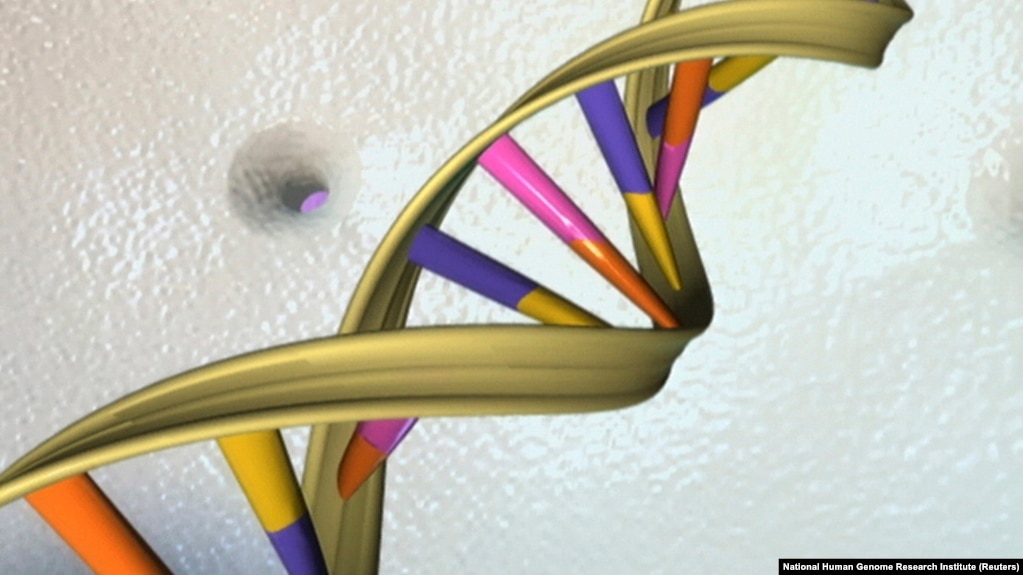ScienceRocks
Democrat all the way!
- Banned
- #1
Gene-editing shows promise against herpes
Gene-editing technology shows promise against herpes - CNN.com
I have a lot of hopes for this tech in curing many different things that cause suffering.
Gene-editing technology shows promise against herpes - CNN.com
(CNN)Nearly everyone carries one version or another of the herpes virus. A recent study suggests that the new gene-editing technology known as CRISPR/Cas9 may be able to eliminate this ever-present virus -- or at least suppress it.
"At this point, there is no cure for the herpes virus infection. Once infected, you're infected for life," said Robert Jan Lebbink, co-author of the study and a molecular biologist at University Medical Center in Utrecht, Netherlands.
The virus develops a latent stage, in which it lies dormant in an infected cell without reproducing. Because our immune systems cannot recognize latent infections, we cannot clear them from our bodies.
I have a lot of hopes for this tech in curing many different things that cause suffering.




